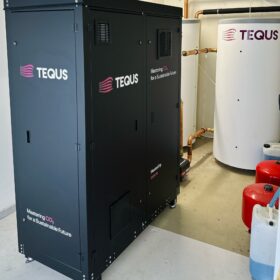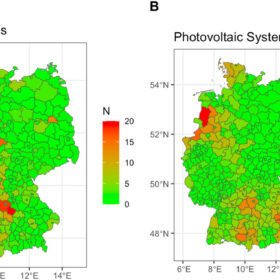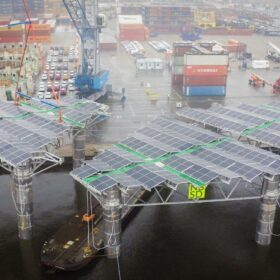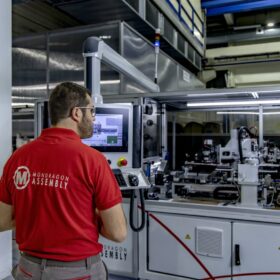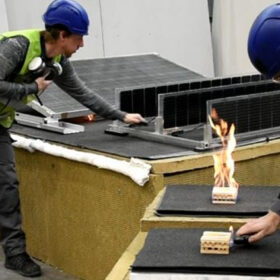The Hydrogen Stream: Norway to make world’s biggest hydrogen ships
Norwegian Ship Design Co. has agreed to help build what it claims will be the two largest hydrogen ships in the world, while Norwegian Hydrogen has announced plans to team up with Australia’s Provaris Energy on hydrogen export opportunities.
Norwegian startup unveils CO2 water-to-water heat pump
Tequs said its new plug-and-play heat pump can deliver up to 90 C of heat for space heating, air conditioning, and domestic hot water. The new product is available in eight versions with capacity ranging from 17 kW to 268 kW.
The Hydrogen Stream: Denmark may produce green hydrogen from wind
Denmark will procure at least 6 GW of offshore wind power capacity to potentially produce hydrogen, while Orlen says it will use a European Commission grant to build 16 hydrogen refueling stations in Poland.
Glint Solar adds PV degradation maps to utility-scale developer software
The Norwegian PV planning software company said it added the new PV degradation maps to pinpoint site locations with favorable climatic conditions.
Legitimation, competition drive citizen-led PV initiatives in Germany
Scientists have analyzed what factors affect the emergence of solar associations and cooperatives in Germany. Applying the organizational ecology theory, they found a collective solar initiative in a given district may likely lead to creation of similar experiences in the same district.
Bureau Veritas certifies SolarDuck’s offshore PV platform
Certification specialist Bureau Veritas has awarded what is says is the world’s first prototype certification for a floating offshore solar solution. It will now be deployed in the North Sea, off the coast of The Hague.
The Hydrogen Stream: Germany mulls Namibian hydrogen investment
The German government has confirmed the suitability of Hyphen’s hydrogen project in Namibia for potential investment, while Topsoe has completed a 2,000-hour demonstration of 12 solid oxide electrolyzer cell (SOEC) stacks.
European consortium targets end-of-life PV panel silicon recycling
A European consortium of 11 commercial and non-profit organizations is developing several technologies to make use of end-of-life PV panels by either re-deploying them or by recovering and reprocessing the silicon.
Tests show rooftop fires propagate slowly with vertical PV systems
New tests conducted by the Slovenian National Building and Civil Engineering Institute have shown that vertical PV installations offer improved fire safety compared to conventional diagonal or flat solar arrays. The experiment showed, in particular, how rapidly a fire can propagate under inclined panels.
Stacking algorithm for PV module fault diagnosis
Researchers in Norway have created a PV module fault diagnosis technique based on a stacking algorithm. It utilizes augmented digital images of PV modules collected by unmanned aerial vehicles and is able to detect snail trails, delamination, glass breakages, discoloration, and burn marks.

